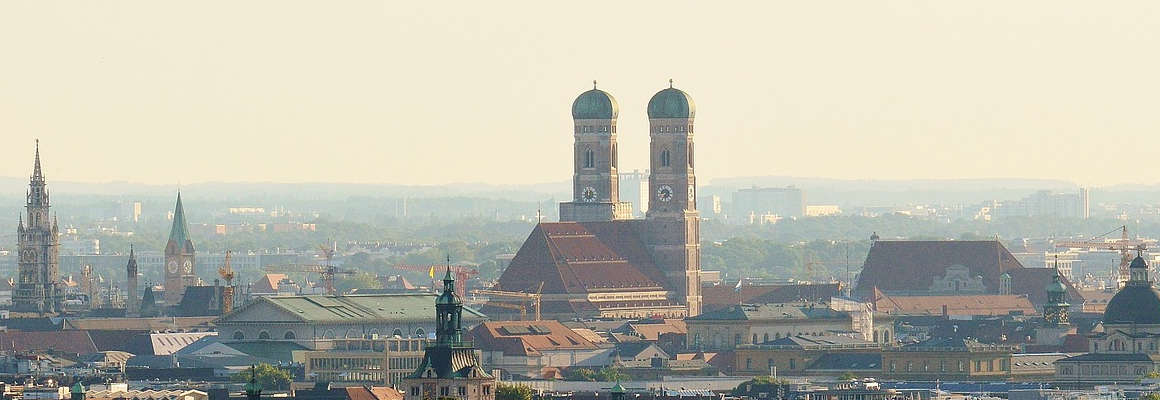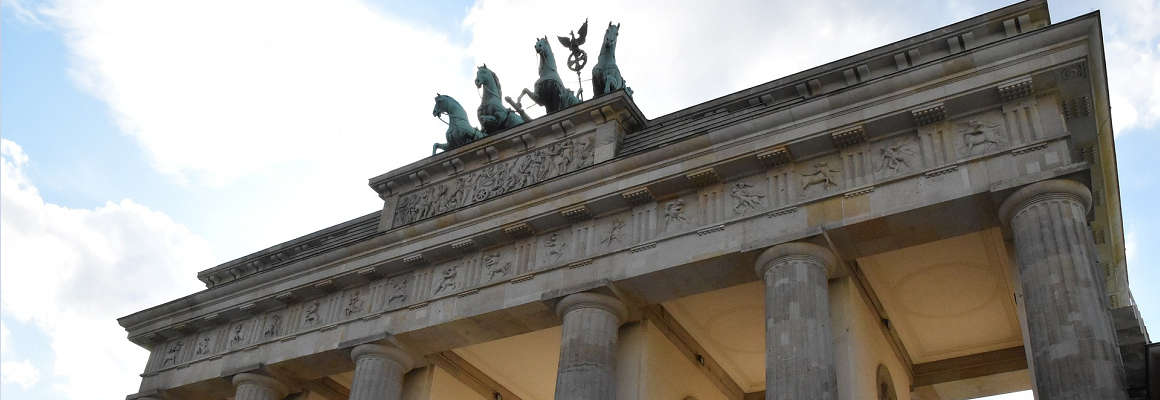

What’s in the coffee?
The Thannhauser Galleries bridges a unique connect between Berlin and Munich. The Thannhauser family who established this gallery, was one of the most famous artistic families of Europe in the early 20th century. Their progressive painting exhibitions helped in building the career of significant Modernist artists. In 1909 Heinrich Thannhauser opened the first gallery in Munich that was wonderfully designed and was one of the most alluring art destinations of the city. The second branch of the Thannhauser galleries was opened in Berlin in 1927. The artists often took trains whereas their modern colleagues often take a scheduled flight from Berlin to Munich to participate in art installations. The Nazis branded Thannhauser’s work as ‘degenerate art’ hindering their business operations. After Heinrich’s death, this gallery chain was closed down forever.


Max Liebermann, a famous German-Jewish artist and print maker, was one of the leaders in creating Impressionism in Germany. Liebermann was born and brought up in Berlin and completed his degree in Law and Philosophy from the University of Berlin. Though he didn’t take a flight from Berlin to Munich, he moved via Paris and Netherlands to Munich and learned painting there. Munich seems to have awakened the sleeping artist in Liebermann and he gave the world many famous paintings. In 1884, he returned to Berlin where he spent the rest of his life. The Prussian Academy of Arts in Berlin organized a solo Lieberman exhibition on his 50th birthday.
German biologist and director of Munich’s Hellabrunn Zoo, Heinz Heck, was born in Berlin. Meanwhile, his brother, Lutz Heck, was the director of the Zoological Garden of Berlin. Heinz collaborated with his brother Lutz on a breeding project, trying to recreate extinct animal species. Lutz may have taken a flight from Berlin to Munich to work on this project. They played a significant role in saving European Bisons or Wisents from extinction. Heinz Heck died in the city Munich.


The whole life of famous German mathematician and art patron, Alfred Pringsheim, revolved around the cities of Berlin and Munich. Born into an affluent merchant family, he studied mathematics and physics in Berlin around 1868. He achieved his doctorate in Mathematics in 1872. Later in 1875 he moved to Munich and became a lecturer at the Ludwig University. He married famous actress Gertrude Anna Dohm from Berlin. Two of their sons became academicians, while the third son was a famous music critic who would have preferred a fast flight from Berlin to Munich on work. Their daughter was the first ever female in the history of Munich to earn a university admission. She later married Nobel Prize winner, Thomas Mann, from Munich.
Siemens, a famous German company and one of the largest electrical and engineering goods manufacturers of Europe has headquarters both in Munich and Berlin. This world-famous company also makes medicinal diagnostic tools and its therapeutic health-care distribution produces more than 12 percent of the organization’s total vending. It is the second-most money-making division of the company after engineering automation parts division. Approximately 400,000 people work under the Siemens groups and its subsidiaries and often company bosses take a flight from Berlin to Munich on work. The famous company earned a global revenue of more than €76 Billion in 2015.


Famous German painter, Peter Von Cornelius, worked in both Berlin and Munich. He started life as a designer from Munich and created the famous fresco art of Ludwigskirche, which was perhaps the most significant designing art of those times. Peter Von’s sheer artistic brilliance is reflected in artworks of Pinakothek and Glyptothek that are installed in Munich. For this purpose, flights from Berlin to Munich would have reduced his travel times substantially. Between 1839 and 1840 he worked in Berlin on a series of comic arts, cartoons and the Apocalypse depiction. He even did cycles of frescos for the Royal Museum in Berlin.
Knorr-Bremse is a worldwide manufacturing giant in the field of railway braking system and commercial vehicular brakes. This 110-year-old company was set up by engineer, George Knorr, in 1905 in Berlin. But after a World War II Knorr-Bremse had to move headquarters to West Germany and chose Munich. In 1945 the former site in Berlin was confiscated. So its workers had to relocate which wasn’t that easy at that time as for example scheduled flights from Berlin to Munich didn’t exist. Knorr-Bremse also owned famous car manufacturer, BMW.


Kabarett or Cabaret is a satire on political and social issues presented with a twist of irony, cynicism and sarcasm. The first ever Kabarett was performed in France and was known as Le Chat Noir. Germans felt inspired by this and made Überbrettl in Berlin in 1901, the first ever Kabarett venue of Germany. Von Wolzogen, founder of Überbrettl, was inspired by a novel named Stilpe, written by famous author Otto Julius Beerbohm. Munich soon followed Berlin’s footsteps and established its own Kabarett venue, named Die Elf Scharfrichter, founded by Otto Falckenberg in 1901. It was the first ever political cabaret/Kabarett of Germany. Nowadays cabaret artists from both cities can easily take a flight from Berlin to Munich or vice versa to perform.